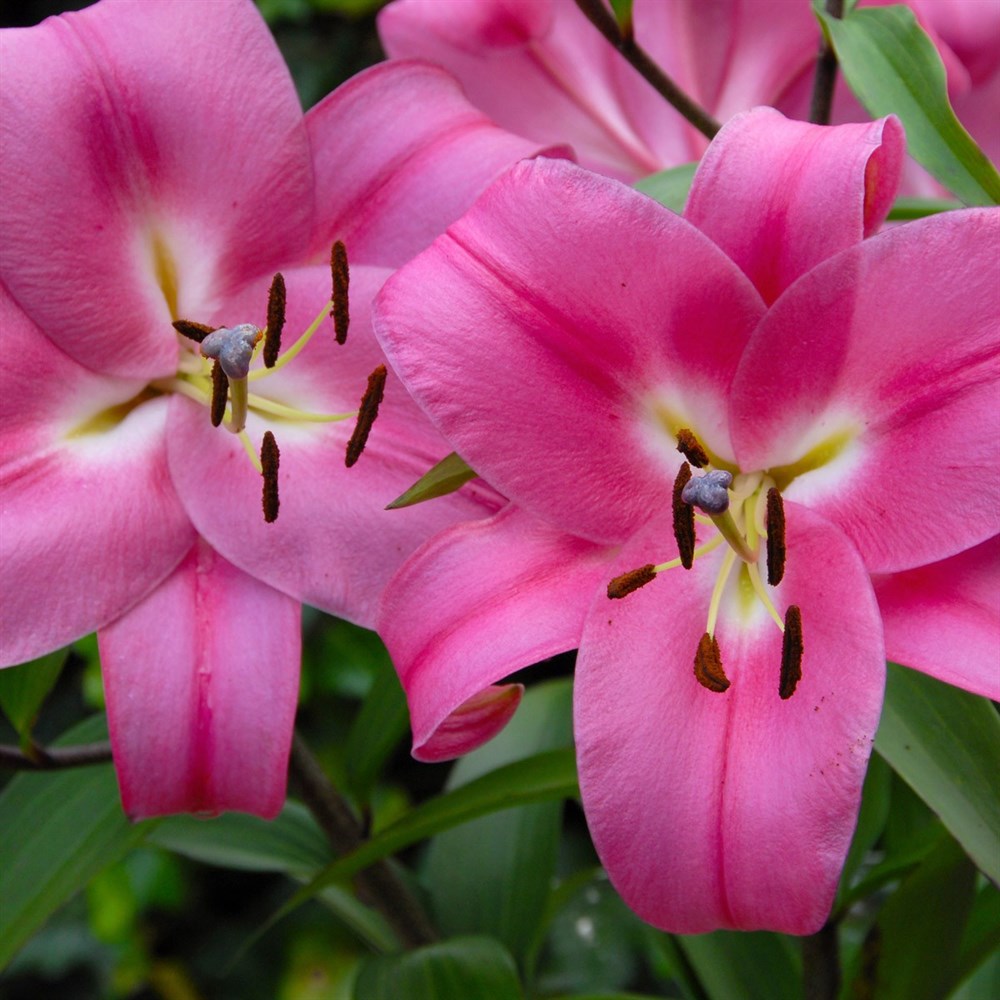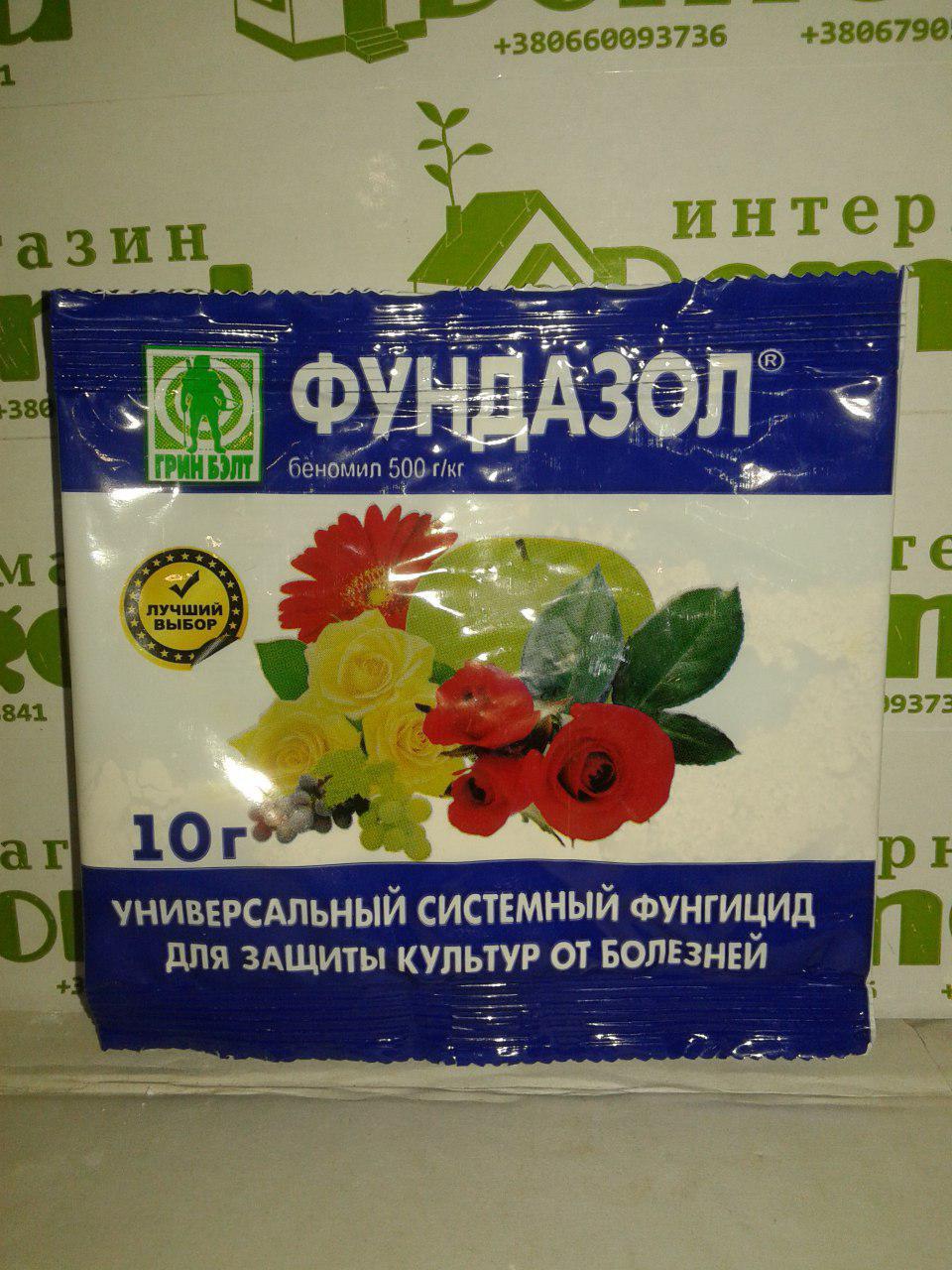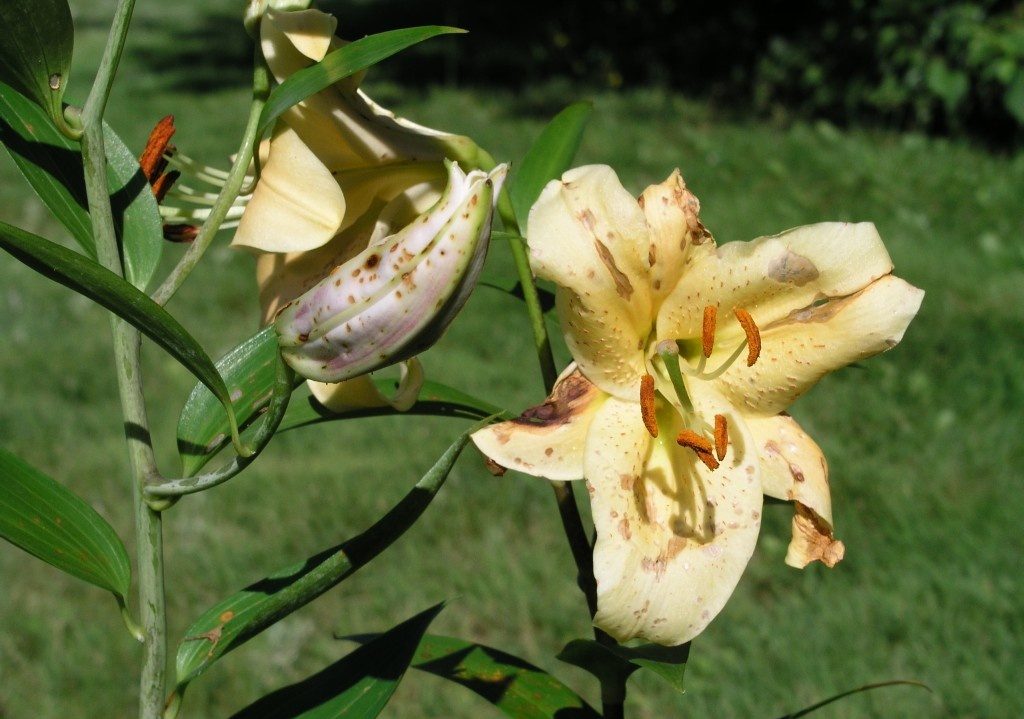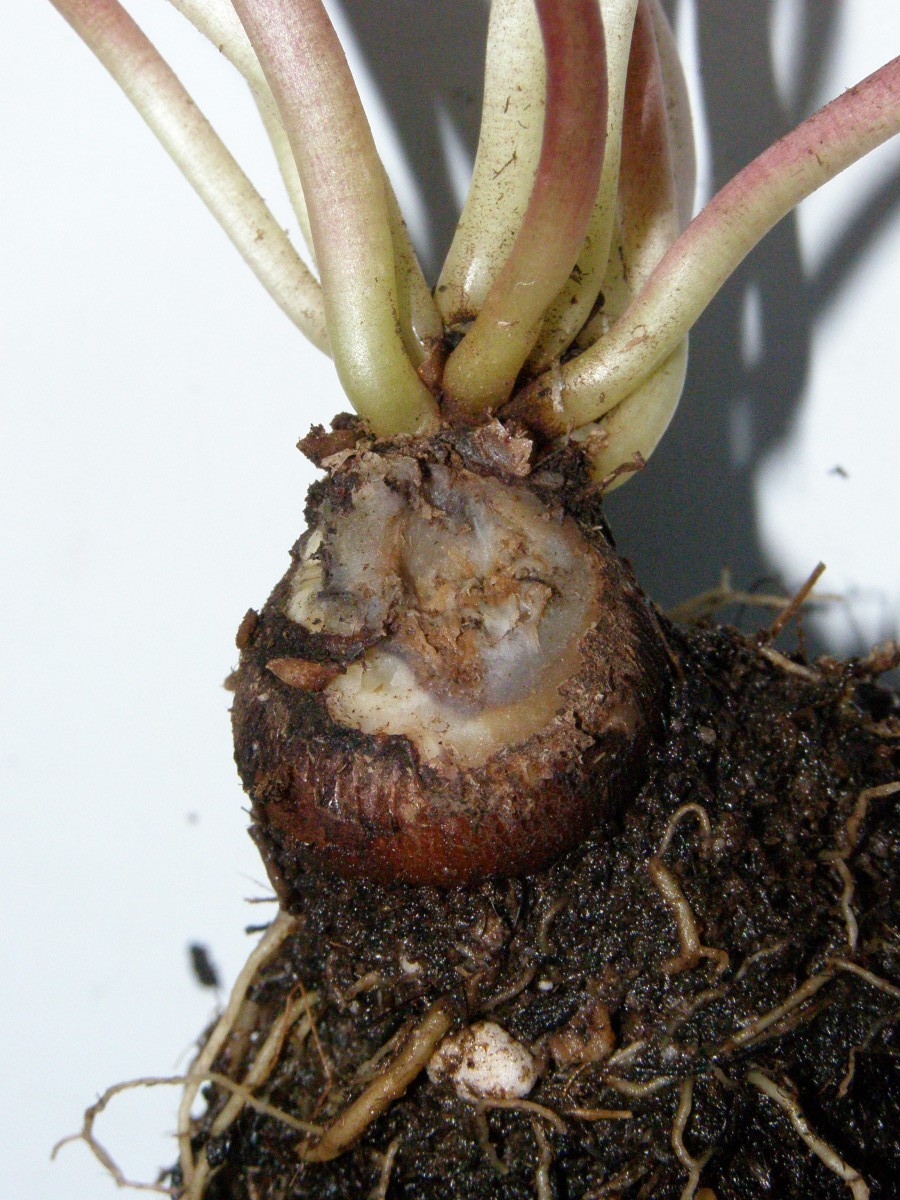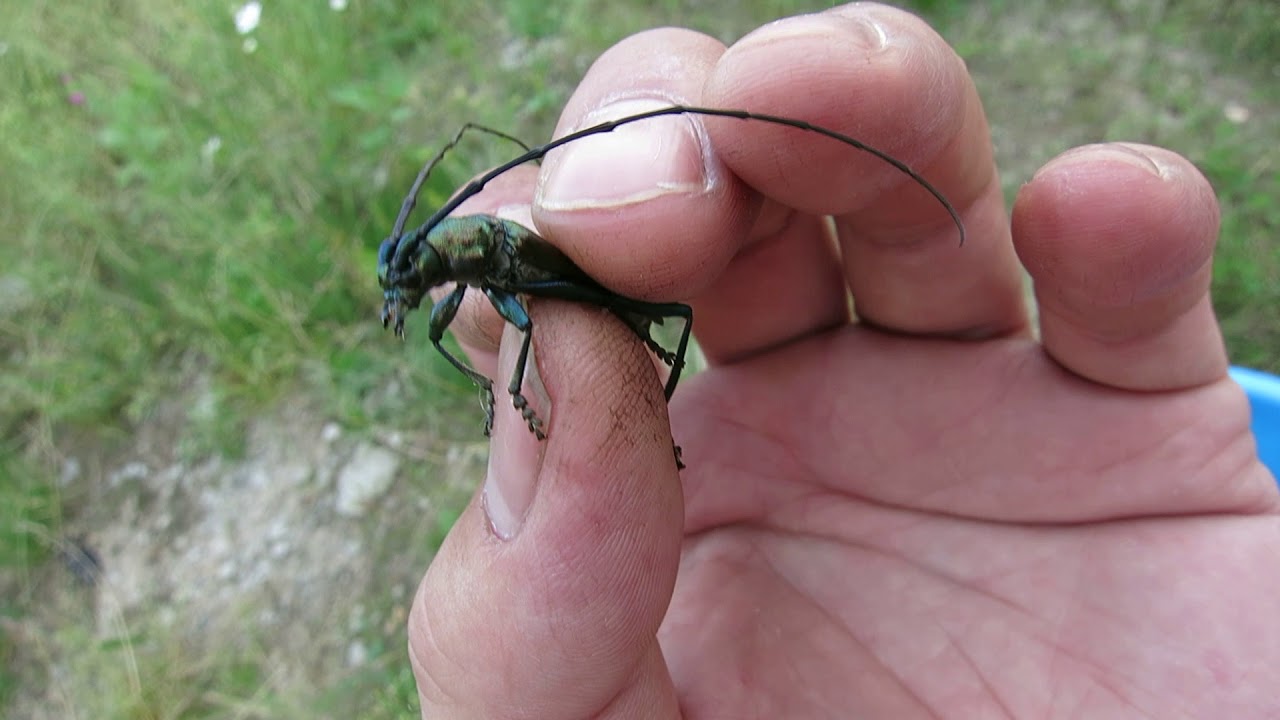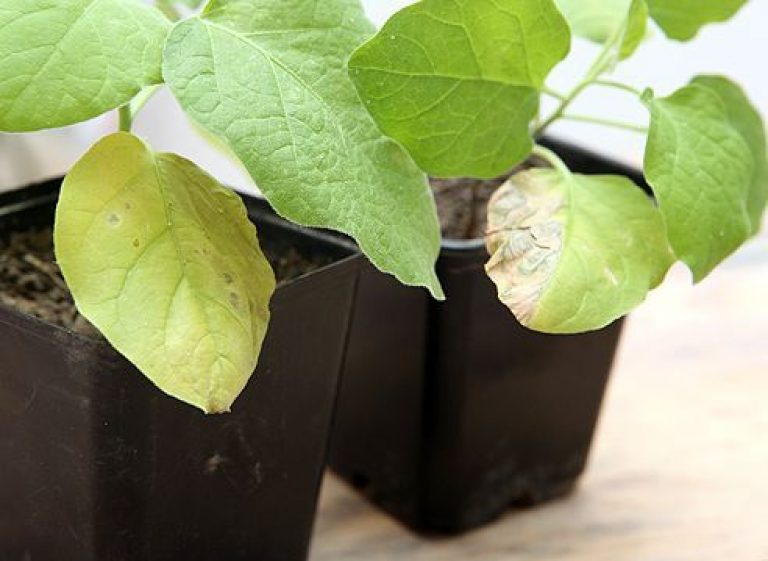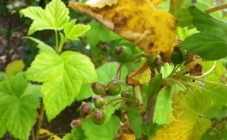Content:
A blooming fragrant garden is the dream of every gardener. But this is not easy to achieve. Plants, like humans, get sick and need treatment and care. Having detected the symptoms of dangerous infections in a timely manner, you can choose measures to combat them.
Signs of disease in lily leaves
If the leaves of a lily turn yellow, the cause and treatment depend on the composition of the soil on which the plants are grown, the methods of caring for them, the presence of pests inhabiting the garden. The culture is demanding on the composition of the soil, minerals and reacts to changing weather conditions. A healthy plant has rich green leaves. If yellowness appears on them, then the flower needs help.
Violation of growing conditions
Having carefully examined the planting site, you can understand why the leaves of the lily turn yellow:
- excess moisture, as well as its lack, lead to the death of the plant;
- green streaks appear on the yellow leaf - this is chlorosis, this is how the flower reacts to the lack of trace elements in the soil;
- a yellowish and poorly growing crop is a signal of nitrogen deficiency;
- brown leaves indicate excessive watering and excess nitrogen.
It is recommended to water the daylilies sparingly, not allowing the soil around the flowers to dry out.
So that the plant does not suffer from a lack of minerals, it is better to apply them immediately upon planting or in May before flowering. If for any reason this was not done, you can neutralize the effects of chlorosis by adding 3 g of ammonium sulfate or citric acid (lemon juice) to 1 liter of water and spilling a lily. And you can help the plant restore healthy growth and restore brightness to the leaves if you apply nitrogen fertilizers according to the instructions.
Diseases
Yellowed leaves at the bottom of the stem indicate the onset of gray rot (botrytis) in the lily. The main reason is high humidity. But the first signs of this disease are rapidly growing brown spots. If the plant is not treated, it will not die, but it will stop growing and lose its decorative appearance. It is not harmful to other plants in the garden, unlike botrytis iris.
Brown spots on the lily leaves starting from the top are a sign of phytium. This is a fungal disease transmitted with soil and diseased bulbs. If brown spots appear on the lily buds, this is another manifestation of root rot. The culture sharply slows down its growth, if new leaves grow, then they are small and gradually turn yellow. In the advanced form of the disease, plants die.
The disease is not dangerous for humans and animals.
The defeat of a fungal disease will be the answer to the question of why the leaves of lilies rust. In the initial stage, the disease manifests itself as small whitish spots on the plant. Later, they take on an orange hue, and the leaves dry out. Fungal spores are able to withstand low temperatures and overwinter in the soil along with unharvested leaves.
In the case of the appearance of a color unusual for the variety in flowers, a variegated lily virus can be suspected. The infection is transmitted by insects and through untreated garden tools.
Methods of treatment and prevention of diseases
Prevention should be highlighted as the first step in the fight against daylily diseases. After all, if fungal diseases and pests can still be successfully combated, then with regard to viral infections it is practically useless.
Prevention
It is recommended to carry out preventive measures:
- in the fall - when laying the seed for storage, it is advisable to sort it, leaving only healthy specimens;
- in the spring, before planting the bulbs in open ground, it is recommended to pickle them with disinfectant solutions of potassium permanganate, Fundazol, Fitosporin powder;
- disinfect the soil with 0.4% colloidal sulfur or the same Fitosporin;
- make preventive spraying of seedlings with 1% Bordeaux liquid;
- make landings discharged;
- watering in the morning hours mainly by the root method;
- disinfect garden tools.
Since the most common viral diseases, such as variegation virus, mosaic, rosette disease, are transmitted not only through garden tools with plant sap, but also by insect pests, a set of measures should be provided to protect plants from them.
Methods for treating fungal infections
At the first signs of a plant disease, measures should be taken to combat the disease. Otherwise, the lily will either die or take on an ugly appearance.
Rust
Brown spots appear on the outside of the leaves. Novice gardeners often confuse this fungal disease with late blight and do not know how to treat lilies from rust. In the initial stage, both infections are manifested by a whitish bloom. You should not wait for stable forms, when characteristic signs appear, the culture should be sprayed with Ditan M-45, Polycarbacin or Teneb.
Botrytis
The spores of the fungus overwinter on the seed. To avoid transfer to the grown crop, it is enough to pickle the bulbs with the fungicide TMTD or the antifungal drug Fundazol before planting in the ground according to the instructions for use.
If the disease appears on the shoots of a flower, it should be sprayed with Bordeaux liquid or preparations Oxyhom, Hom (copper oxychloride).
Phithium (root rot)
The only control measure will be dressing the seed in the spring before planting and treating the soil with 0.4% colloidal sulfur. If, in the process of growth, the lily still undergoes a disease, you can try to dig up the plant, treat the roots with a fungicide and transplant it to another place.
Using folk methods
In addition to biological and systemic fungicides, fungal diseases respond well to so-called traditional methods. Lilies have brown leaves, what should I do? Prepare medicinal infusions from plant protectors. Decoctions and other products from horseradish, tansy, dandelion, wormwood, nettle, horse sorrel, garlic will successfully replace pesticides on the site. They can both shed and spray plantings not only in spring, but also in summer. In addition, an aqueous solution of wood ash can be used to disinfect the bulbs before planting. It is recommended to spill the earth with an aqueous mixture of laundry soap and black pepper.
Ways to fight viral infections
- Viral variegation. Spots appear on the lily flowers that are not typical of the description of the variety. A dull, dirty shade, they differ in appearance from thrips damage in the absence of a whitish, with a silvery tinge.
- Tobacco (cucumber) mosaic. The infection may be another answer to the question of why the leaves of the lily turned brown. Mosaic spotting appears on stems and leaves of the crop.
- Rosette leads to falling of the leafy part of the plant, thickening and yellowing of the stem.
There are no effective methods of combating viral diseases of daylilies. Therefore, it is recommended to destroy such plants by burning.
Pests
In addition to problems caused by improper care and contamination with fungal spores, lilies infect pests, which, in turn, become carriers of viral infections. Most of the diseases are provoked by:
- aphid;
- thrips;
- spider mite;
- squeak beetle;
- lily fly and hoverfly fly;
- bear;
- the larva of the May beetle and the click beetle;
- nematode.
Unfortunately, there is no drug that fights all parasites with equal success. It is necessary in each case to select a certain type. If you do not show proper attention and miss the time, daylilies will die either from pests or from viral diseases. However, there is still one popular recipe. In the spring, when sprouts appear, make a solution of ammonia, soda, copper sulfate and water in a ratio of 1 tbsp. spoon of each ingredient in 9 liters of water. They need to spray the shoots and shed soil in the garden bed or flower bed where the lilies grow.
Along with the street varieties, there are also home potted varieties. For example, Eucharis (Amazonian lily), Hymenokallis (spider lily). They practically do not suffer from viral and fungal diseases. However, if brown spots still appear on the lilies, what should be done should be addressed as soon as possible. Compliance with the rules of planting and cultivation, regular feeding, proper watering and protection from pests will help to avoid diseases and the appearance of yellow leaves in both street and indoor lilies.
